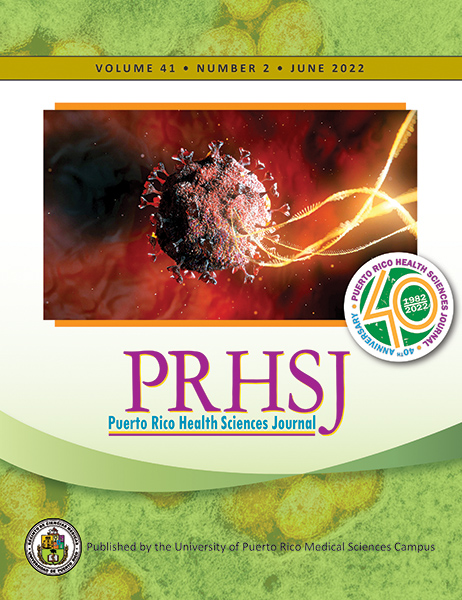Abstract
Objective: To examine the levels of burnout and self-perceived stress in workers at the Puerto Rico Electric Power Authority, who experienced major disasters: Hurricanes Irma and Maria. Methods: A quantitative descriptive cross-sectional study with a non-probabilistic convenience sample was conducted in workers at the Puerto Rico Electric Power Authority. A structured questionnaire was administered to a sample of 163 eligible participants, aged 21 years and older, who participated voluntarily. Using employees of the electric company, the study examined the relationships between burnout and several characteristics (years of employment, existing health conditions, and coping strategies) both before and after Hurricanes Irma and Maria. Burnout was assessed with Gil-Monte’s Spanish Burnout Inventory, and self-perceived stress was assessed with the 14-item Perceived Stress Scale. Results: Before the hurricanes, 16.6% of the workers reported high levels of burnout syndrome, while, after the hurricanes, the proportion increased to one-fifth (20.9%). Prior to the 2 hurricanes, more than one-fourth (23.4%) of the sample reported being extremely stressed; after the hurricanes, that proportion increased to 55%. Factors such as years of employment, counseling, and self-perceived stress showed significant statistical associations (P < .05) with burnout. Conclusion: From a public health standpoint, priority should be given to this population, thereby preventing burnout and any other negative effects of the aftermath (i.e., the lengthy response, recovery, and reconstruction) of these kinds of major disaster.
Authors who publish with this journal agree to the following terms:
a. Authors retain copyright and grant the journal right of first publication with the work simultaneously licensed under a Creative Commons Attribution License that allows others to share the work with an acknowledgement of the work's authorship and initial publication in this journal.
b. Authors are able to enter into separate, additional contractual arrangements for the non-exclusive distribution of the journal's published version of the work (e.g., post it to an institutional repository or publish it in a book), with an acknowledgement of its initial publication in this journal.
c. Authors are permitted and encouraged to post their work online (e.g., in institutional repositories or on their website) prior to and during the submission process, as it can lead to productive exchanges, as well as earlier and greater citation of published work (See The Effect of Open Access).
